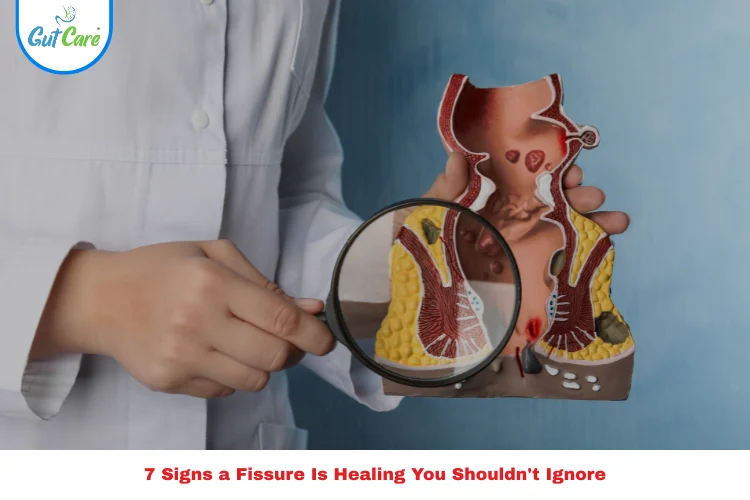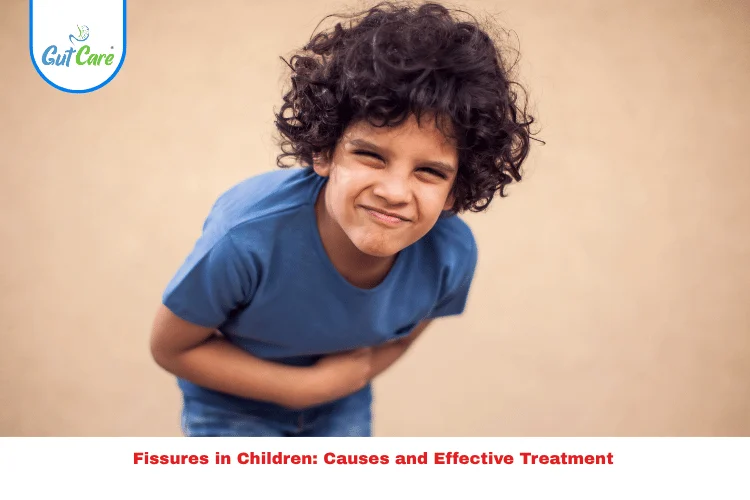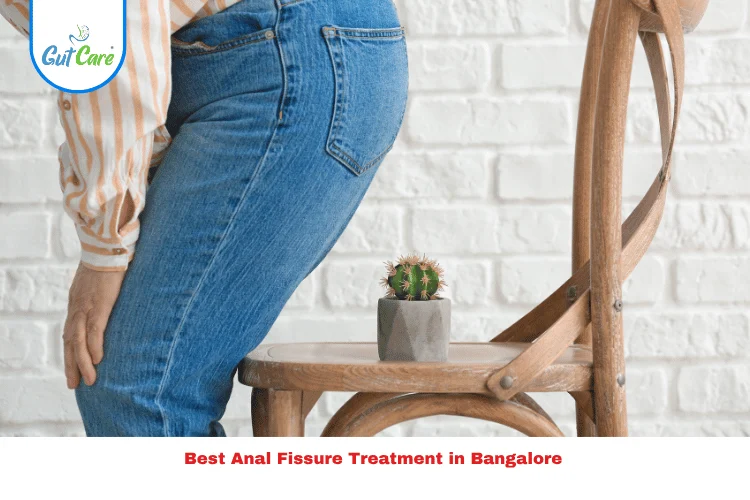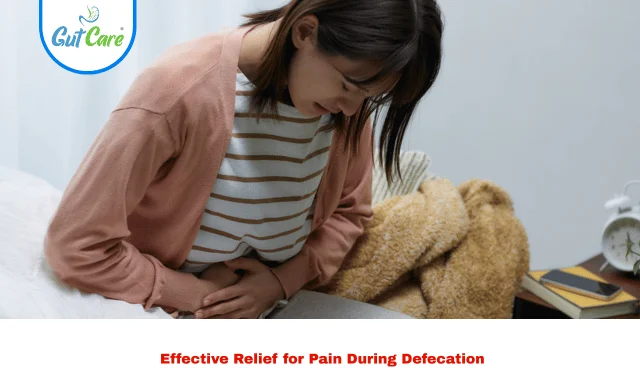If you’ve had an anal fissure, you know how painful and frustrating it can be. At some point, you probably start wondering, “Is this getting better?” You might notice less pain or no more bleeding and ask yourself: Are these signs a fissure is healing?
Knowing what to look for can help you feel more confident about your recovery and guide you on what to do next.
Let’s walk through the 7 most common signs a fissure is healing — and why they matter.
1. Bowel Movements Hurt Less
Pain is usually the first thing you notice with a fissure. When it starts to hurt less during bathroom visits, that’s a big deal. It means the tissue is repairing and inflammation is calming down.
This is one of the earliest and most encouraging signs a fissure is healing. If you’re feeling less sharp pain, you’re definitely on the right track.
2. Bleeding Slows or Stops
Blood can be scary, but it’s pretty common with fissures. As healing happens, that bleeding should reduce. When you go a few days without spotting blood, it’s a solid clue your fissure is mending.
This usually comes after you’ve been consistent with your anal fissure treatment.
3. Less Muscle Tightness and Spasms
Fissures often cause your anal muscles to tense up or spasm. When those spasms start easing up, it means the muscles are relaxing — a good sign that healing is happening beneath the surface.
You might not see this, but it’s definitely one of the important signs a fissure is healing and a sign of progress in your fissure recovery.
4. Softer, Easier-to-Pass Stools
Healing is tough if you’re straining hard every time you go. If your stools are softer and you’re not pushing as much, you’re helping your fissure heal faster. Softer stools mean less risk of reopening the tear.
This improvement supports your body’s natural anal fissure healing process.
5. Itching or Tingling Around the Area
It might sound odd, but some mild itching or tingling can actually be a sign your skin is repairing itself. Just try not to scratch — that can slow healing or cause new irritation.
It’s one of those subtle signs a fissure is healing that many people don’t realize.
6. Skin Tags or Swelling Shrinking
Sometimes chronic fissures cause small skin tags or swelling near the tear. If those bumps are getting smaller or less noticeable, it’s a good indication your fissure is healing well.
This often means your anal fissure treatment is working.
7. Fewer Pain Flare-Ups Over Time
If you used to get pain every day but now it only pops up once in a while, that’s a great sign. Longer pain-free periods mean the fissure is closing and your body is recovering.
This is one of the most hopeful signs a fissure is healing you can experience.
What You Can Do to Help Your Fissure Heal
When you spot these signs a fissure is healing, don’t stop your good habits! Keep up:
- Drinking plenty of water
- Eating fiber-rich foods
- Taking warm sitz baths
- Avoiding straining during bowel movements
- Following your doctor’s anal fissure treatment plan
Healing takes time, but consistent care makes all the difference.
When Should You See a Doctor?
Even if things are looking better, check in with your doctor if:
- Pain suddenly comes back
- You see more bleeding
- New symptoms appear
Sometimes, professional guidance can help keep your healing on track.
Conclusion
Noticing the signs a fissure is healing can be a huge relief. It shows your body is working to repair itself. Stay patient, keep caring for yourself, and celebrate the small wins on your fissure recovery journey. With the right support, full anal fissure healing is absolutely possible.
Book an appointment and Visit Us!
FAQs
1. How long does it usually take for a fissure to heal?
Most heal within 4 to 6 weeks when following proper anal fissure treatment and care.
2. Is itching normal when a fissure is healing?
Yes, mild itching can mean skin is regenerating. Just avoid scratching.
3. Can fissures heal without surgery?
Definitely. Many people achieve full fissure recovery through diet, hydration, and medical care.
4. What foods help with healing?
Fiber-rich foods like leafy greens, fruits, and whole grains support anal fissure healing.
5. What should I avoid to prevent setbacks?
Avoid straining, dehydration, and irritating foods like spicy dishes.




